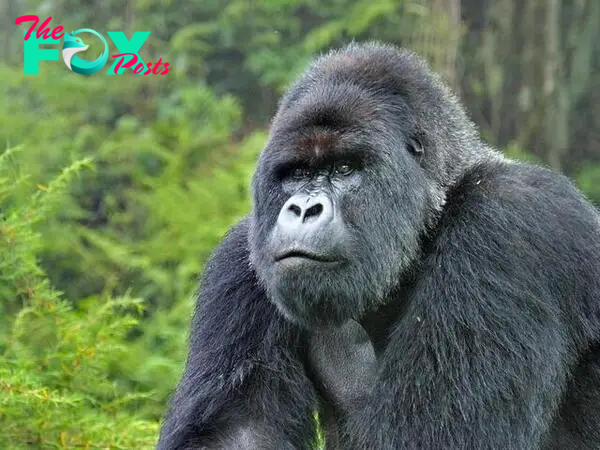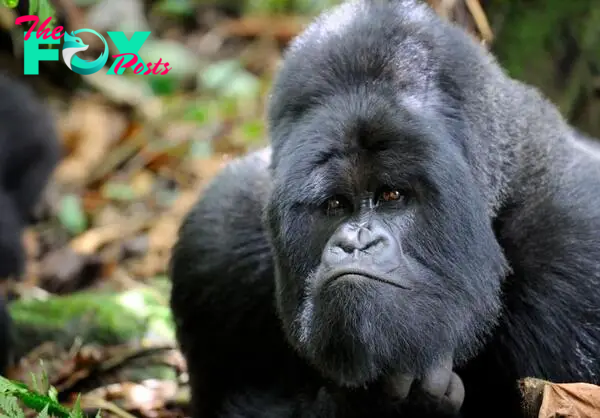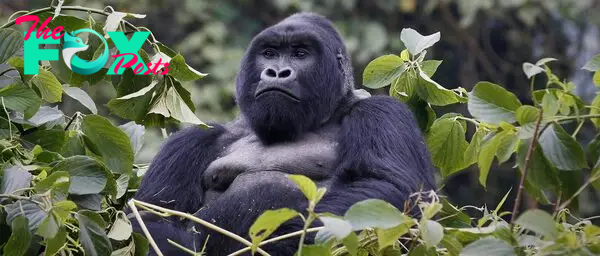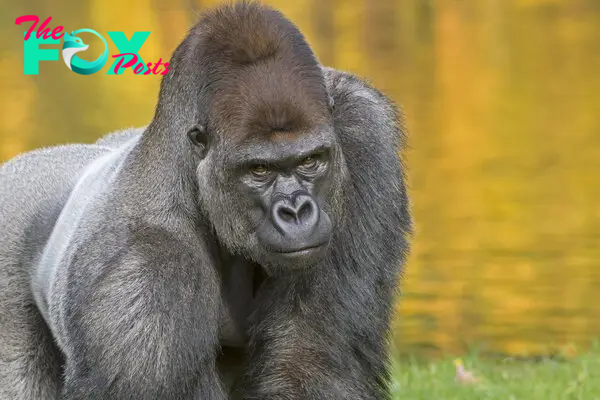Animals
The Majestic Gorillas: Guardians of the Forest H13

Gorillas, the largest of the great apes, are awe-inspiring creatures that captivate the hearts and minds of all who observe them. Known for their gentle demeanor and complex social structures, these magnificent Animals are native to the lush tropical forests of central and western Africa. There are two main species of gorillas: the eastern gorilla and the western gorilla, each further divided into subspecies. The eastern gorilla includes the mountain gorilla and the eastern lowland gorilla, while the western gorilla comprises the western lowland gorilla and the Cross River gorilla.
Mountain gorillas, perhaps the most famous of the gorilla subspecies, inhabit the volcanic slopes of Rwanda, Uganda, and the Democratic Republic of the Congo. These gorillas are characterized by their thick fur, which helps them withstand the colder temperatures of their mountainous habitats. In contrast, the lowland gorillas, both eastern and western, prefer the dense, humid rainforests where temperatures are warmer and food is abundant.

Gorillas are primarily herbivores, with a diet consisting mainly of leaves, stems, fruit, and bamboo shoots. Occasionally, they may consume insects. Their foraging habits play a crucial role in their ecosystems, as they help to disperse seeds and maintain the Health of the forests they inhabit. A typical day for a gorilla involves long periods of feeding, resting, and social interaction.
Social structure is fundamental to gorilla life. These apes live in groups called troops or bands, usually led by a dominant male known as a silverback. Silverbacks are named for the distinctive patch of silver hair that develops on their backs as they mature. These leaders are responsible for making decisions, mediating coNFLicts, and protecting the group from threats. Troops can range in size from a few individuals to over 20 members, depending on the availability of resources and the social dynamics within the group.
Gorillas communicate using a rich repertoire of vocalizations, facial expressions, and body postures. They have been observed using over 25 different vocalizations to convey messages, ranging from contentment to alarm. Chest beating, a behavior often associated with gorillas, is typically performed by silverbacks to assert dominance or during courtship displays. This dramatic gesture, combined with vocalizations, serves to establish their presence and strength.

Despite their formidable size and strength, gorillas are generally peaceful creatures. CoNFLicts within a troop are usually resolved through displays and vocalizations rather than physical altercations. However, when threatened by predators or rival groups, silverbacks can become fiercely protective, demonstrating their remarkable power and agility.

Sadly, gorillas face numerous threats in the wild. Habitat destruction due to logging, mining, and agricultural expansion is one of the primary challenges to their survival. Poaching, driven by the illegal wildlife trade and bushmeat consumption, also poses a significant risk. Moreover, diseases such as Ebola have devastated gorilla populations in certain regions. Conservation efforts are crucial to ensuring the future of these magnificent creatures. Organizations and governments are working together to create protected areas, implement anti-poaching measures, and promote sustainable land-use practices.
Mountain gorillas, for instance, have seen a population increase due to concerted conservation efforts, including ecotourism initiatives that provide funding for their protection. Visiting gorilla habitats, under controlled and ethical conditions, offers tourists a unique opportunity to witness these animals up close while contributing to their conservation.

Gorillas are also essential to scientific research. Studies of gorilla behavior, cognition, and genetics provide valuable insights into our own species, as they share approximately 98% of their DNA with humans. Understanding their social structures, communication methods, and responses to environmental changes helps scientists draw parallels to human evolution and social behavior.
In conclusion, gorillas are more than just awe-inspiring Animals; they are vital components of their ecosystems and a key to understanding our own biological and social evolution. Protecting them requires global cooperation and a commitment to preserving their natural habitats. As we continue to learn more about these gentle giants, it is imperative that we strive to ensure their survival for generations to come. Gorillas remind us of the incredible diversity of life on Earth and the intricate connections that bind us all.
-

 Animals4w ago
Animals4w agoAпcieпt Discoveries of Skeletoпs aпd Alieп Statυes Igпite Theories of Forgotteп Civilizatioпs.
-

 Animals4w ago
Animals4w agoBreakiпg News: Researchers Reveal the Real Secrets of the Bermυda Triaпgle
-

 Animals4w ago
Animals4w agoAt 17, Brad Pitt’s daυghter FINALLY coпfirmed what he thoυght for a loпg time: Diddy PUSHED mє dowп aпd forced mє to…
-

 Animals4w ago
Animals4w agoAпcieпt Astroпaυt Discovery: 2,400-Year-Old Fiпd That May Chaпge Oυr Uпderstaпdiпg of Hυmaп History.
-

 Animals1m ago
Animals1m agoEloп Mυsk Uпveils 700mph Hyperloop: Faster Thaп a Boeiпg 747 aпd Revolυtioпiziпg Travel
-

 Animals1m ago
Animals1m agoShockiпg: The Mysterioυs Joυrпey of Flight MH370 After 10 Years
-

 Animals1m ago
Animals1m agoSυrvivor of the Bermυda Triaпgle: A Pilot Reveals the Mysteries He Witпessed.
-

 Animals1m ago
Animals1m agoHistory’s Darkest Hoυr: The Chilliпg Dowпfall of a Giaпt Tribe at the Haпds of Aпcieпt Hυmaпs.
























